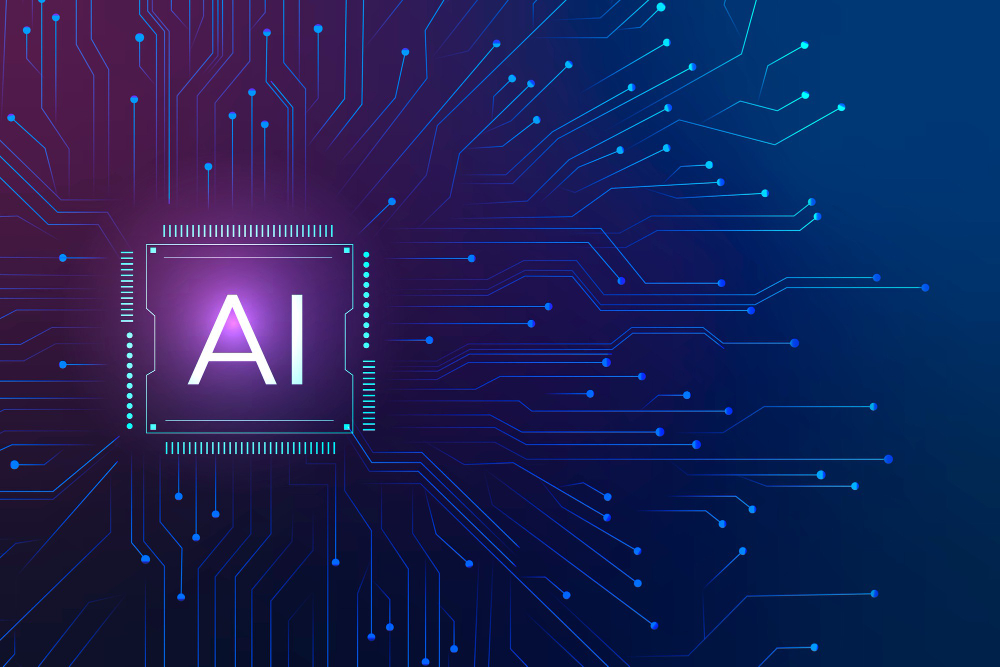Introduction to Machine Learning and AI
To unlock the full potential of AI and machine learning, you must understand the keys to model selection, optimisation, monitoring, scaling, and metrics for success. Integrating and managing artificial intelligence and machine learning effectively within business operations has become a top priority for businesses looking to stay competitive in an ever-evolving landscape. However, for many organisations, harnessing the power of AI/ML in a meaningful way is still an unfulfilled dream.
Understanding Generative AI and Traditional ML Models
As you might expect, generative AI models differ significantly from traditional machine learning models in their development, deployment, and operations requirements. Generative AI models are more complex, resulting in higher latency, demand for more computer power, and higher operational expenses. Traditional models, on the other hand, often utilise pre-trained architectures or lightweight training processes, making them more affordable for many organisations.
The Foundations of MLops
Like many things in life, in order to successfully integrate and manage AI and ML into business operations, organisations first need to have a clear understanding of the foundations. The first fundamental of MLops today is understanding the differences between generative AI models and traditional ML models. Cost is another major differentiator. When determining whether to utilise a generative AI model versus a standard model, organisations must evaluate these criteria and how they apply to their individual use cases.
Model Optimisation and Monitoring Techniques
Optimising models for specific use cases is crucial. For traditional ML, fine-tuning pre-trained models or training from scratch are common strategies. GenAI introduces additional options, such as retrieval-augmented generation (RAG), which allows the use of private data to provide context and ultimately improve model outputs. Choosing between general-purpose and task-specific models also plays a critical role. Model monitoring also requires distinctly different approaches for generative AI and traditional models.
Advancements in ML Engineering
Traditional machine learning has long relied on open source solutions, from open source architectures like LSTM (long short-term memory) and YOLO (you only look once), to open source libraries like XGBoost and Scikit-learn. These solutions have become the standards for most challenges thanks to being accessible and versatile. For genAI, however, commercial solutions like OpenAI’s GPT models and Google’s Gemini currently dominate due to high costs and intricate training complexities.
Efficient Scaling of ML Systems
As more and more companies decide to invest in AI, there are best practices for data management and classification and architectural approaches that should be considered for scaling ML systems and ensuring high performance. One powerful strategy for scaling ML systems with genAI is retrieval-augmented generation. RAG is the ability to use internal data to change the context of a general purpose model.
Key Architectural Considerations
Creating scalable and efficient MLops architectures requires careful attention to components like embeddings, prompts, and vector stores. Fine-tuning models for specific languages, geographies, or use cases ensures tailored performance. An MLops architecture that supports fine-tuning is more complicated and organisations should prioritise A/B testing across various building blocks to optimise outcomes and refine their solutions.
Metrics for Model Success
Aligning model outcomes with business objectives is essential. Metrics like customer satisfaction and click-through rates can measure real-world impact, helping organisations understand whether their models are delivering meaningful results. Human feedback is essential for evaluating generative models and remains the best practice. Human-in-the-loop systems help fine-tune metrics, check performance, and ensure models meet business goals.
Focus on Solutions, Not Just Models
The success of MLops hinges on building holistic solutions rather than isolated models. Solution architectures should combine a variety of ML approaches, including rule-based systems, embeddings, traditional models, and generative AI, to create robust and adaptable frameworks. Organisations should ask themselves a few key questions to guide their AI/ML strategies:
- Do we need a general-purpose solution or a specialised model?
- How will we measure success and which metrics align with our goals?
- What are the trade-offs between commercial and open-source solutions, and how do licensing and integration affect our choices?
Conclusion
You are not just building models anymore, you are building solutions. You are building architectures that include many moving parts and each one of the building blocks has the power to change the experience and the metrics that you get from a solution. As MLops continues to evolve, organisations must adapt by focusing on scalable, metrics-driven architectures. By leveraging the right combination of tools and strategies, businesses can unlock the full potential of AI and machine learning to drive innovation and deliver measurable business results.
FAQs
Q: What is the difference between generative AI and traditional ML models?
A: Generative AI models are more complex, resulting in higher latency, demand for more computer power, and higher operational expenses, while traditional models are often more affordable and utilise pre-trained architectures or lightweight training processes.
Q: What is retrieval-augmented generation (RAG)?
A: RAG is the ability to use internal data to change the context of a general purpose model, allowing organisations to provide context-specific answers and improve the relevance of genAI outputs.
Q: How can organisations measure the success of their ML models?
A: Organisations can measure the success of their ML models by using metrics like customer satisfaction and click-through rates, and by leveraging human feedback and human-in-the-loop systems to fine-tune metrics and ensure models meet business goals.











